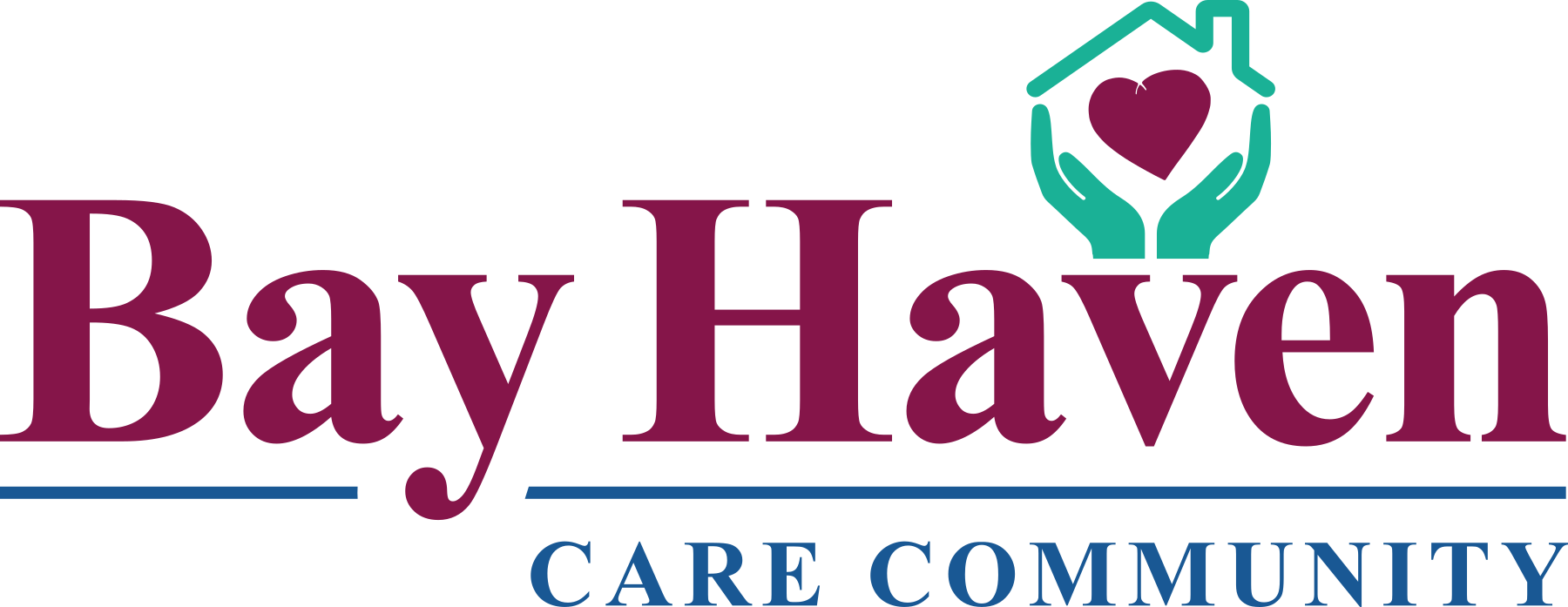
For the past three years, a mother Mallard Duck chooses to lay her eggs in Bay Haven’s central courtyard. The courtyard contains a gazebo, a pound, and a beautiful garden. With such a beautiful environment, we understand why she choose this spot to lay her eggs and raise her children. Bay Haven residents are very fortunate to be able to watch her ducklings roam the courtyard from their bedrooms. Bay Haven likes to consider this mother Mallard duck their official mascot, since she and her family bring so much joy to the staff and residents at Bay Haven.
Since we see these ducks daily, I wanted to do more research and find out more about them.
What is a Mallard Duck?
The Mallard is a common duck mostly found in North America, Europe, and Asia. The Mallard Duck is also found in Central America, Australia, and New Zealand. Mallard Ducks enjoy the water and usually are found near rivers, lakes, and ponds.
What do they look like?
Mallard Ducks will grow to about two feet long and weigh around 2 ½ pounds. The female Mallard has tan coloured feathers, which is the one that we currently have in our courtyard. They are a beautiful looking duck, and we are fortunate enough to watch her every day.
What do they eat?
Mallard Ducks are omnivores. This means they eat both plants and animals. They mostly feed off the surface of water in a lake or pond. They eat all kinds of seeds, small fish, insects, and fish eggs. They also enjoy eating some human foods as well, often eating grain from human crops, bread, or even French Fries.
Migration
These ducks join flocks and migrate from the north to the south for the winter and then back north for the summer. This way they are always where it is warm and where there is food available. These ducks are adaptable in other ways as well. They do well even when their natural habitats are taken over by humans. So far, they have not become endangered by human development over the years. Please do NOT destroy their habitat!
The Ducklings
Baby Mallards are called ducklings. A mother Mallard Duck will usually lay around 10 or more eggs. She tends the eggs by herself in a nest. Shortly after the ducklings hatch out of the eggs, the mother duck will lead them to the water. From that point on, they usually do not return to the nest. Baby ducklings are ready to go within a few hours after they hatch. They can swim, waddle, feed themselves, and find food right away. Their mother will watch over them and help protect them for the next few months. After around two months, the ducklings can fly and will become independent.
Witnessing the Mallard Ducks at Bay Haven Care Community made me realize how independent and protective a mother duck can be. She is responsible for the lives and safety of her ducklings. Her job is to protect and make sure her ducklings grow up healthy and safe. We are truly excited to see if this particular mother Mallard duck will come back to lay her eggs in our courtyard for a fourth year in 2020.
